New Findings Indicate Venus’ Toxic Atmosphere May Actually Harbor Life
Venus, often called Earth’s twin, is known for its extreme conditions. With surface temperatures hot enough to melt metal and an atmosphere rich in toxic gases, it’s one of the most hostile planets in our solar system.
Yet, recent discoveries suggest that its harsh environment might still harbor life.
Discovering Phosphine
In 2020, scientists made a groundbreaking discovery: phosphine gas in Venus’s clouds. Phosphine on Earth is typically produced by biological processes, sparking debates about potential life on Venus.

Source: Wikipedia
This finding led to a surge in interest and further investigations to confirm the presence of this gas.
Renewed Phosphine Evidence
At the national astronomy meeting in Hull on Wednesday, Dr. Dave Clements and his team presented new evidence for phosphine.
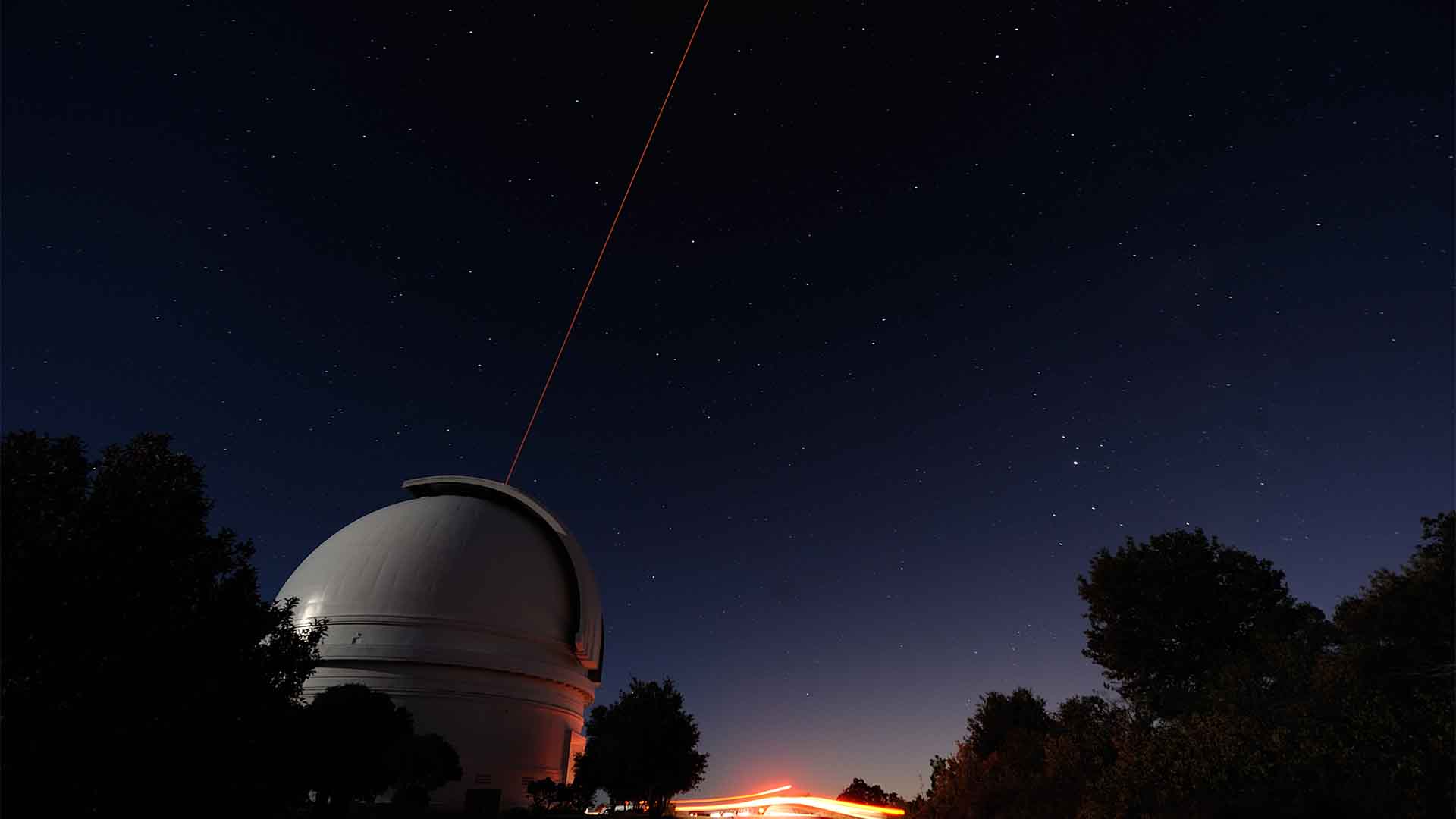
Source: Joe McNally/Getty Images
Using the James Clerk Maxwell telescope in Hawaii, they tracked phosphine’s presence over time, noting its day-night cycle on Venus. This bolstered the case for phosphine, reigniting discussions about its origin.
The Role of Ammonia
Another intriguing discovery was the tentative detection of ammonia in Venus’s atmosphere by Prof. Jane Greaves’ team.

Source: NASA/Wikimedia Commons
On Earth, ammonia is associated with biological and industrial activities. Its presence on Venus adds another layer of mystery, as current models cannot easily explain it.
The Conditions of Venus's Clouds
Venus’s surface is incredibly harsh, with temperatures around 842°F and crushing atmospheric pressure.
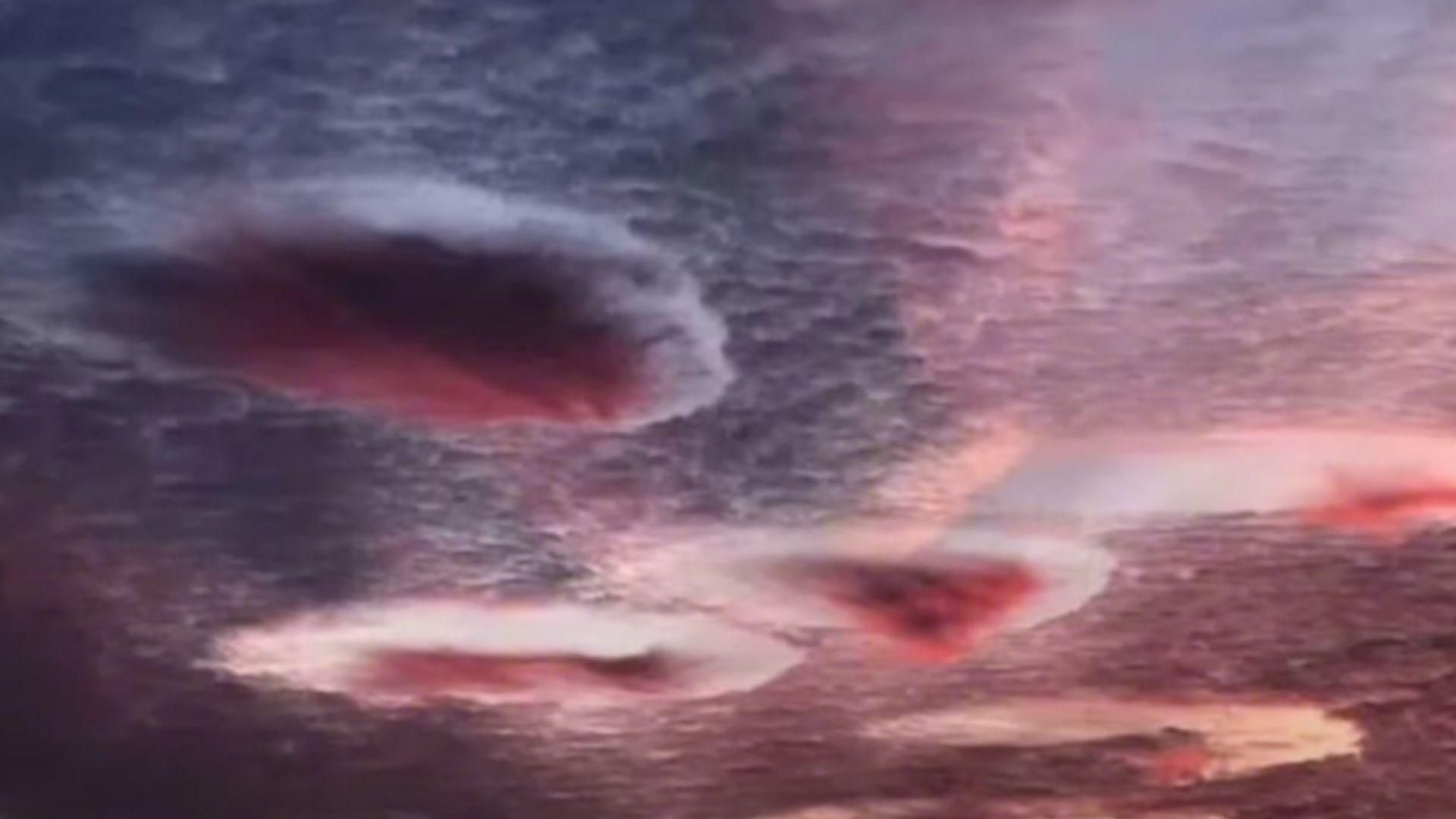
Source: @GOLAHURA/YouTube
However, about 50 kilometers above the surface, conditions are more temperate. Here, temperatures and pressures are closer to those on Earth, making it a potential niche for life.
Life in the Clouds?
Dr. Dave Clements speculates that if Venus once had a warm, wet phase, life could have adapted to the less extreme conditions in the clouds.

Source: Public Domain/RawPixel
He suggests, “It could be that life evolved to survive in the only niche left to it – the clouds,” hinting at microbial life forms possibly existing in this layer.
The Phosphine Mystery
On Earth, phosphine is produced by microbes in oxygen-starved environments, such as the insides of badgers.
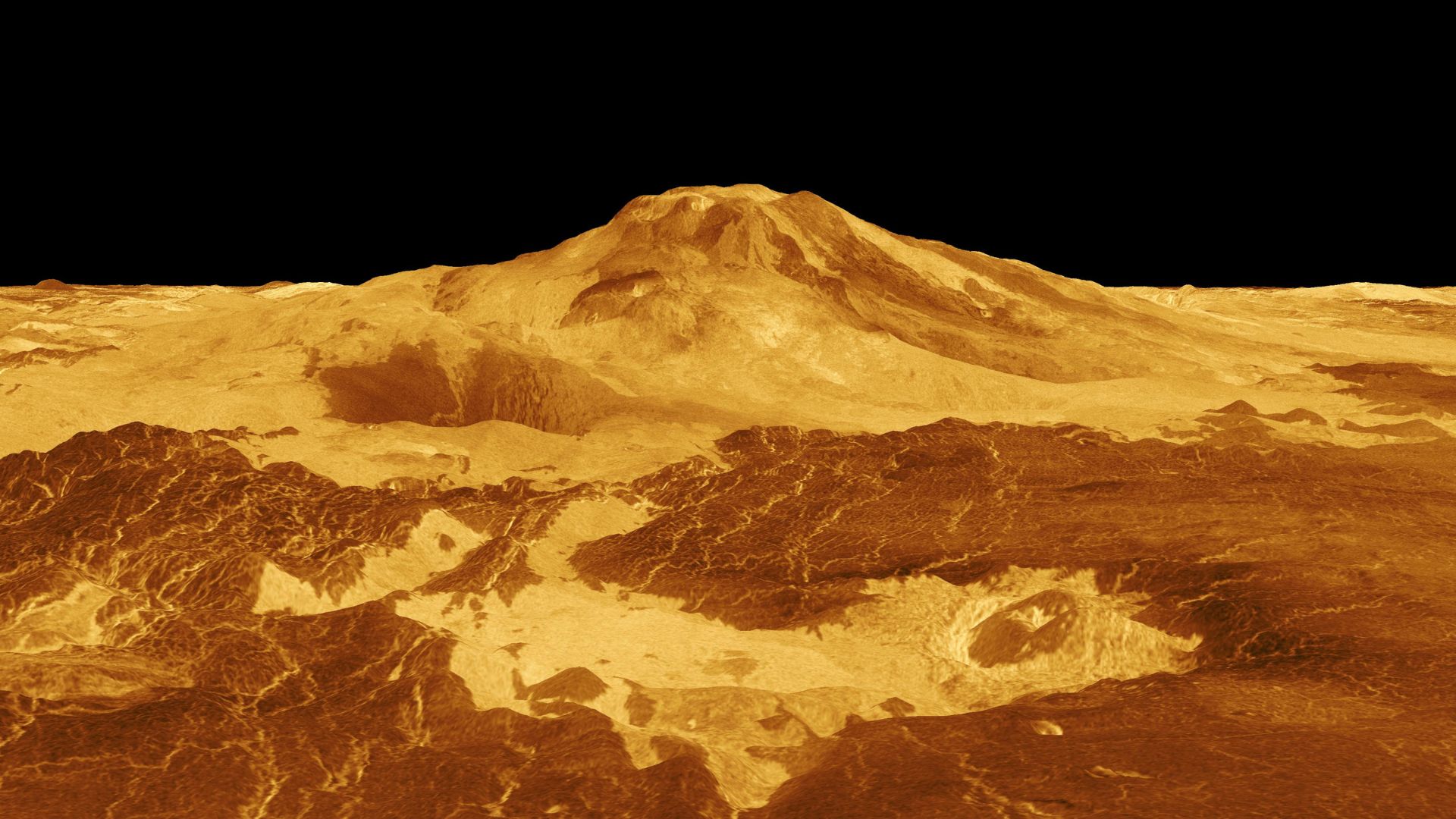
Source: Public Domain/Wikimedia Commons
Its detection on Venus, where known geological processes are insufficient to produce it, suggests a possible biological origin or unknown chemical processes.
The 2020 Phosphine Debate
The initial claim of phosphine detection in 2020 faced skepticism when subsequent observations didn’t always replicate the finding.

Source: NASA/Wikimedia Commons
This led to further scrutiny and studies to resolve the debate, highlighting the need for robust data in proving such significant discoveries.
Ammonia: Another Clue?
Ammonia’s tentative detection on Venus adds to the puzzle. Prof. Jane Greaves’ observations from the Green Bank telescope hint at its presence, but more research is needed to confirm this.
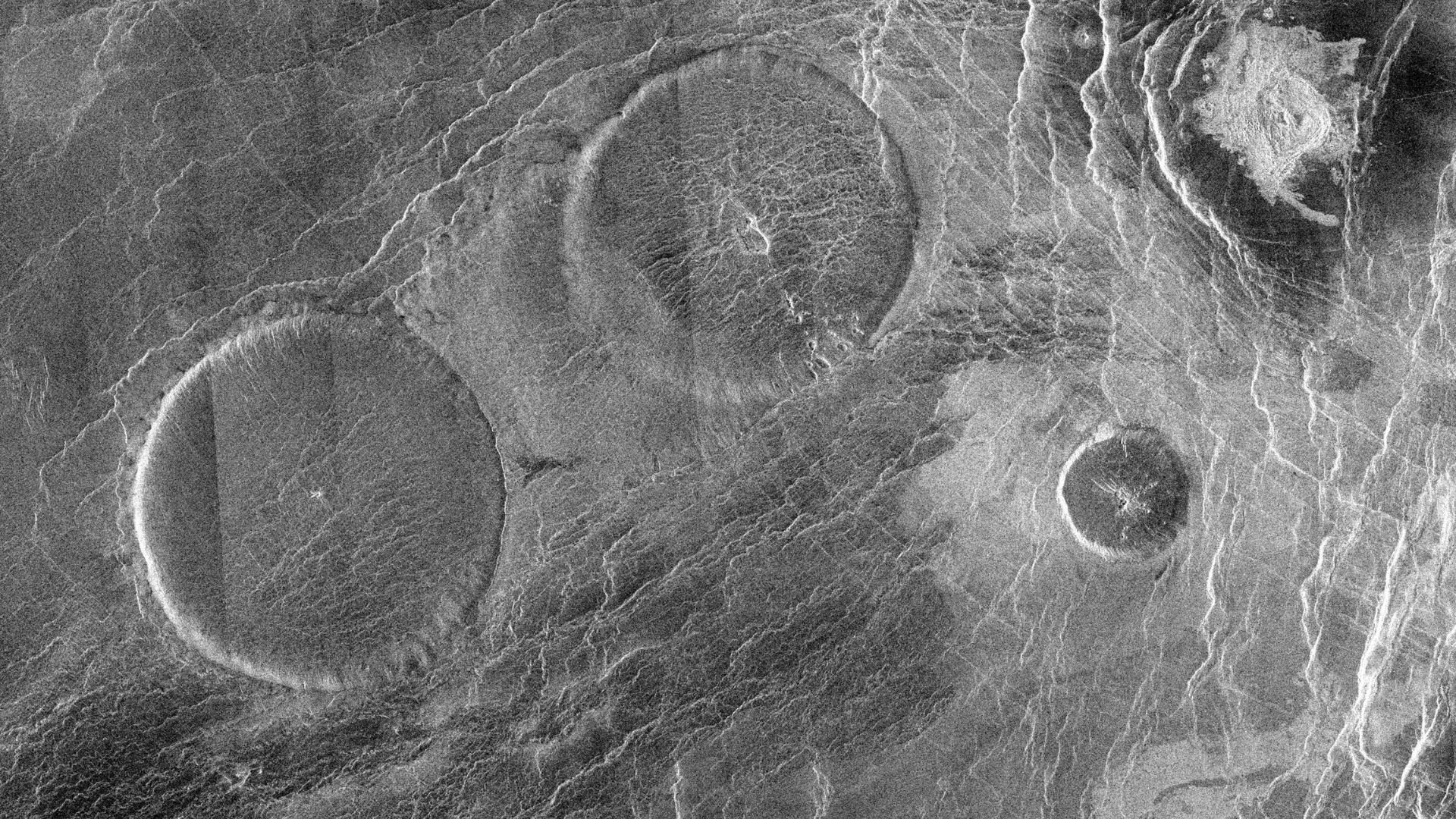
Source: NASA/Wikimedia Commons
On Earth, ammonia is primarily biological, raising questions about its source on Venus.
Expert Opinions
Dr. Robert Massey from the Royal Astronomical Society notes, “These are very exciting findings but preliminary. More work is needed to learn about these potential biomarkers in Venus’s clouds.”

Source: Freepik
This cautious optimism conveys the need for continued research and validation.
Future Investigations
The next steps involve more detailed observations and independent confirmations of these findings.
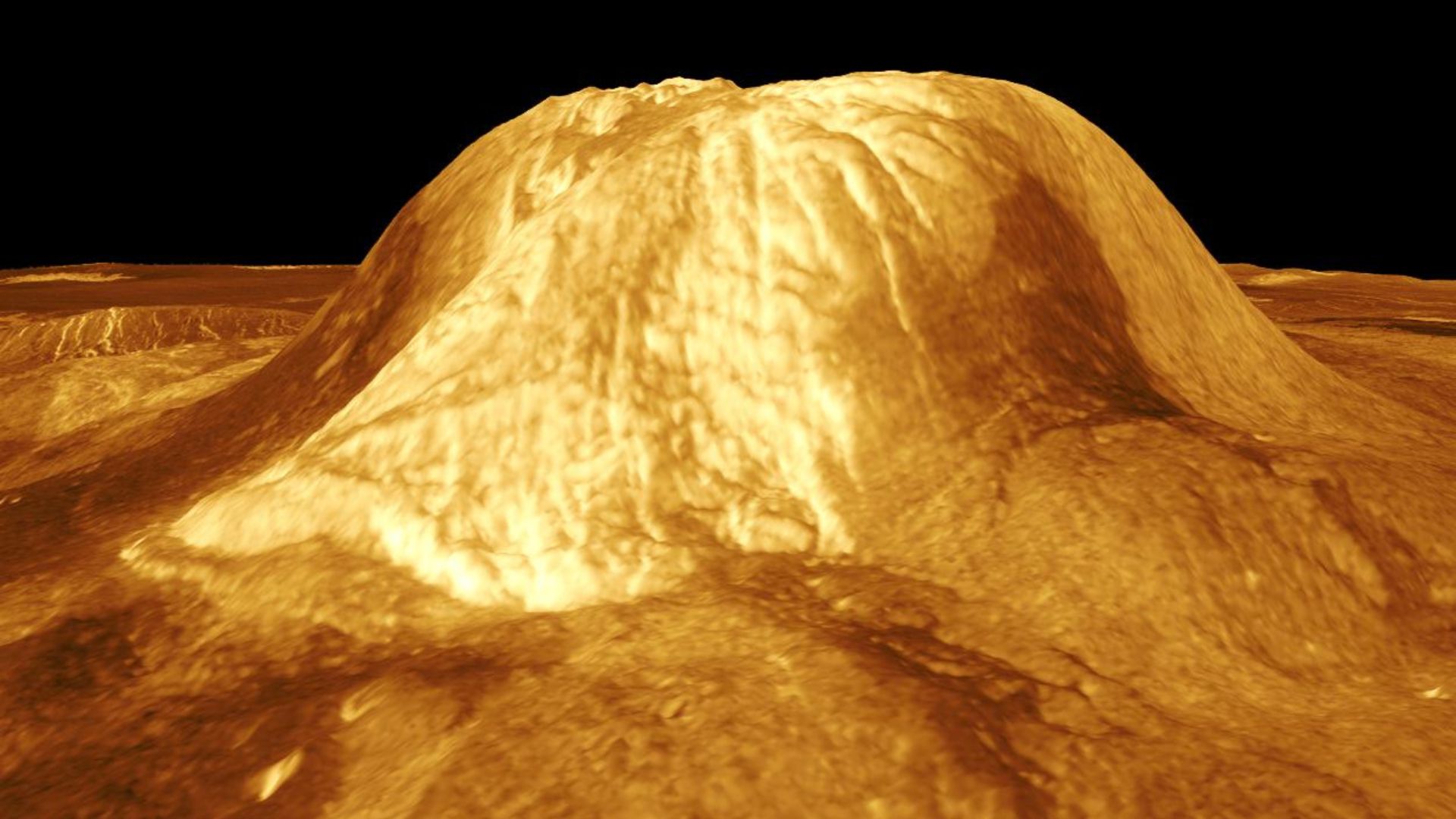
Source: NASA/Wikimedia Commons
As Prof. Nikku Madhusudhan of Cambridge University says, proving a biosignature requires robust signals and a clear link to life, a challenge that scientists are eager to tackle.
A New Frontier in Astronomy
These discoveries have reinvigorated interest in Venus, a planet often overshadowed by Mars in the search for extraterrestrial life.
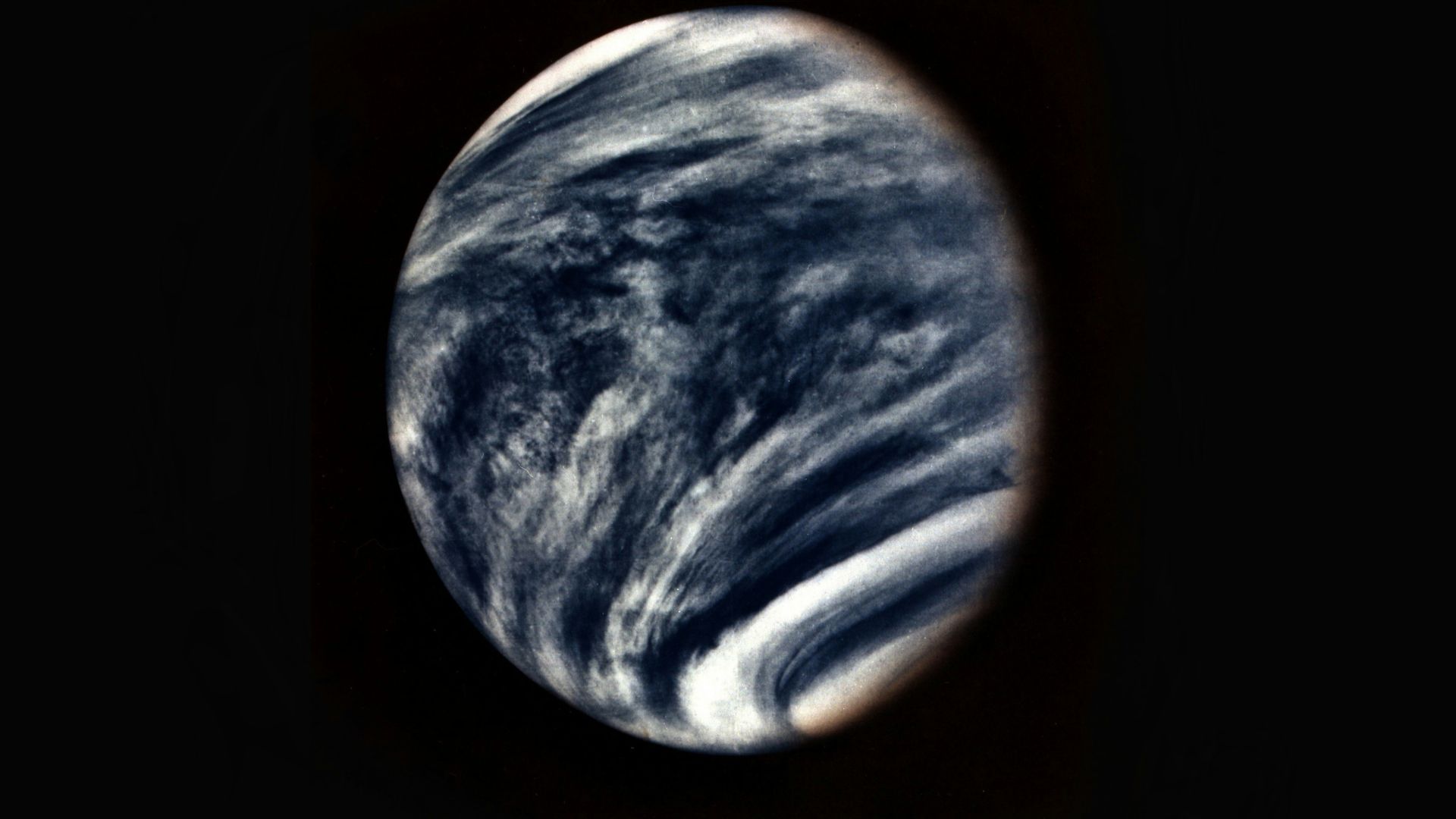
Source: NASA/Unsplash
With further research, Venus may reveal secrets about life’s resilience and adaptability, opening new possibilities in our understanding of the universe.
